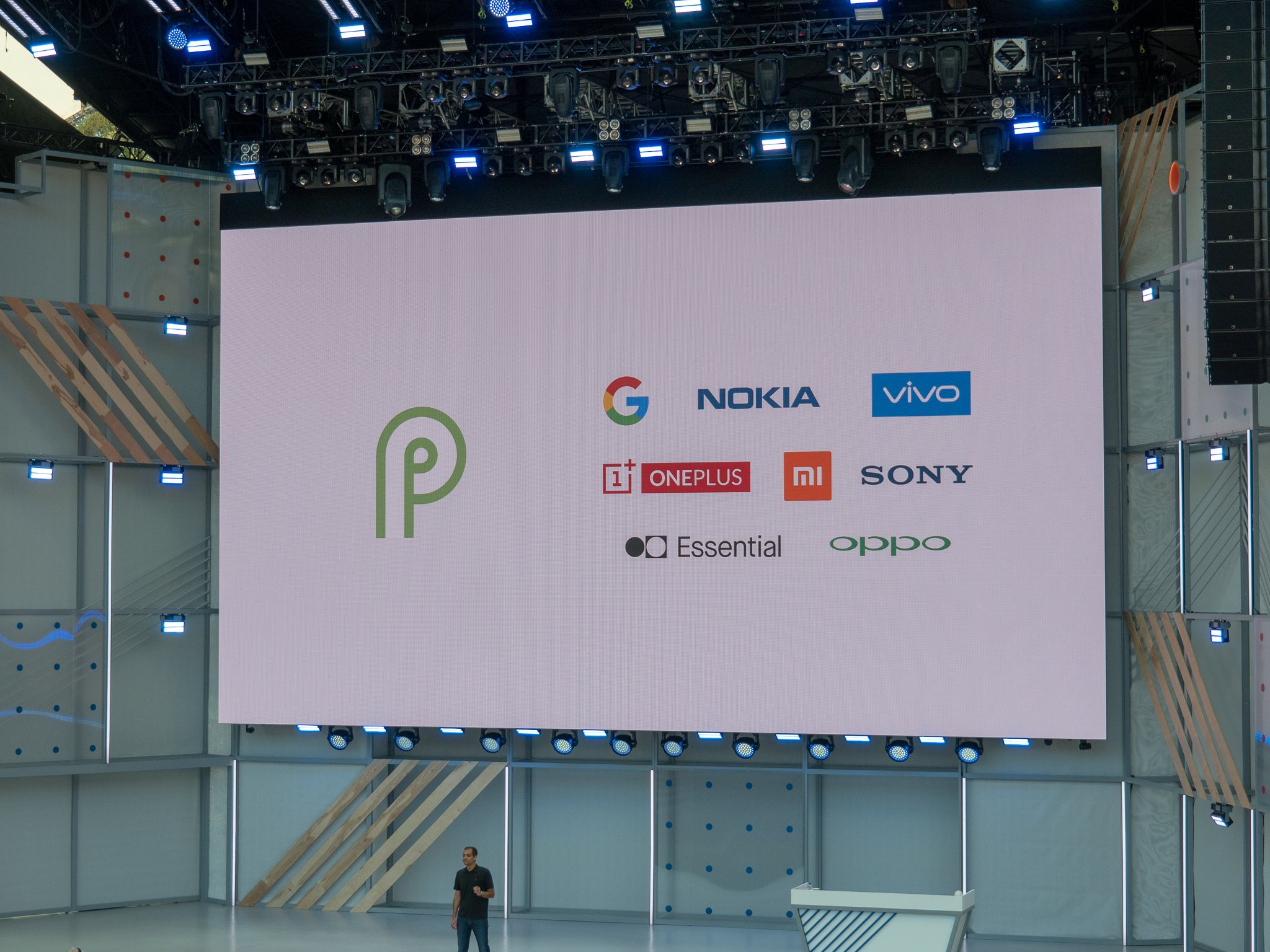Android P public beta is now available, but there's more to be excited about.
At I/O 2018, Google served up a detailed look at some of the features coming to Android P, and rolled out the first public beta.
There's plenty to get excited about in the upcoming version of Android, which introduces a new gesture-driven interface, a Dashboard that gives you an overview of the time you've spent on your device, optimizations to reduce battery drain, and so much more.
Here's everything you need to know about the latest Android announcements.
How do the new gestures work?
Google is focusing on three core tenets with Android P: intelligence, simplicity, and digital wellbeing. With the 18:9 form factor now becoming the standard, the gesture-driven interface is aimed at making the UI more approachable. You'll be able to swipe up from the bottom of the screen to get to recent apps, and the menu itself is now presented in the form of a slider that offers full-screen previews of your recently used apps.
Another swipe up from the recent apps menu will surface the app drawer, and Google will offer contextual suggestions: if you turn your phone around and auto-rotate is off, you'll see a button to disable the feature in the nav bar.
Google is also rolling out an easier way to take screenshots (there's now a shortcut in the power button menu), and the volume controls will adjust media volume by default.
What's the Dashboard all about?
The Dashboard deals with the "digital wellbeing" aspect of Android P. The feature gives you a detailed overview of the amount of time you've spent on your phone, breaking down per-app usage, number of times you've unlocked your phone, number of notifications received, and such.
You'll also be able to set app usage limits with App Timer, which will deliver reminders when you're getting close to your usage time and gray out the icon once you exceed the limit.
Android P also introduces granular controls for Do Not Disturb, and there's a new gesture where your phone will automatically switch over to DND mode whenever you place it face down on a surface. Finally, a Wind Down feature turns the screen grayscale at your chosen bedtime.
How does Android P improve battery life?
With Android P, Google is turning to machine learning to maximize your phone's battery life. The Android team worked closely with Alphabet's DeepMind to roll out Adaptive Battery, which monitors your usage habits to determine apps and services you use the most to effectively manage battery power.
Google says the feature will be able to cut down CPU usage by up to 30% when waking up apps. Android P is also getting a retooled Adaptive Brightness mode that leverages machine learning to learn how you set the brightness slider at a particular location.
The AI learns over time, and will get better at prioritizing apps as you use your phone. Best of all, the feature uses on-device machine learning.
What are App Actions and Slices?
App Actions is a new feature coming to Android P that will predict the "next action you want to take" on your phone. For instance, if you've plugged in a pair of headphones, you'll see an action to play music that you were listening to earlier.
Actions will be surfaced in the launcher, the Search app, and Google Assistant, and the goal here is to deliver contextual suggestions based on your usage habits.
Slices is designed to change how you interact with apps you already have installed on your phone. If you're looking to book a taxi, you can simply search for Lyft within Google Search or say, "I want to book a ride" on Assistant and you'll see an interactive link that's already populated with directions to your home or work addresses.
With Slices, the goal is to get stuff done quicker: instead of having to open up a ride-sharing service like Lyft and book a cab, you'll be able to do so directly from within Search or via the Assistant. Slices will make its debut on Android P, and will be coming to other Android versions as well.
On what devices is the Android P beta available?
Unlike previous years, Google is opening up the beta build to third-party manufacturers. The Android P public beta is heading to phones from seven manufacturers, including the upcoming OnePlus 6, Nokia 7 Plus, Xiaomi's Mi Mix 2S, and more. Here's the full list of devices that are eligible for the Android P beta:
- Nokia 7 Plus
- OnePlus 6
- Xiaomi Mi Mix 2S
- Essential PH‑1
- Sony Xperia XZ2
- OPPO R15 Pro
- Vivo X21
How can I download the Android P beta?
You'll be able to install the latest public build by heading to the Android beta page. You can now enrol your Pixel devices directly from the page, and if you're looking to install the Android P beta on a third-party phone, you'll be redirected to the specific manufacturer's website.
More to come
With the beta program now underway, we'll hear more about Android P in the coming weeks, so stay tuned. In the meantime, let us know what new features you're most excited about in the comments below.







Post a Comment